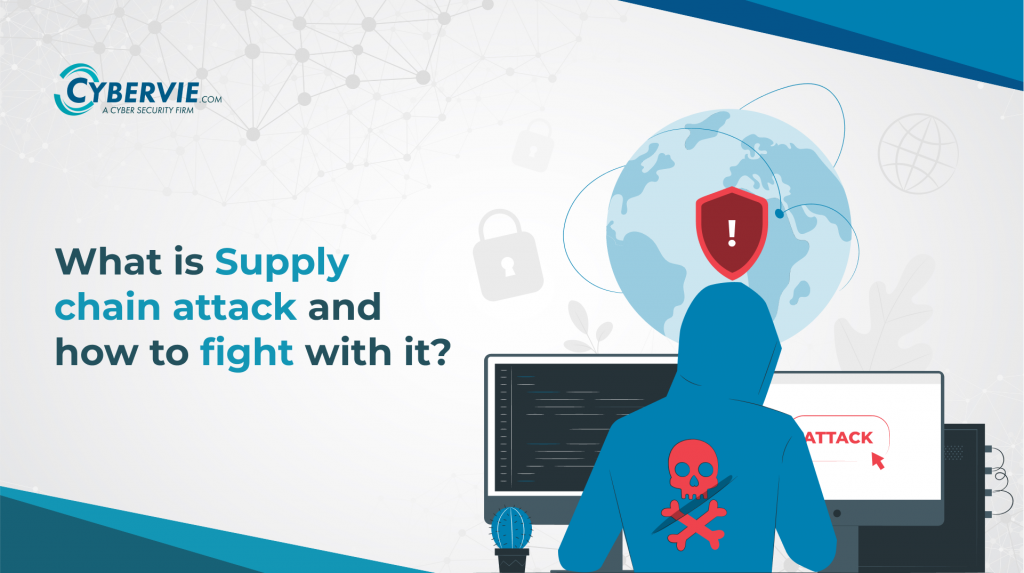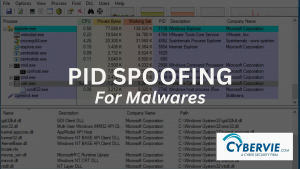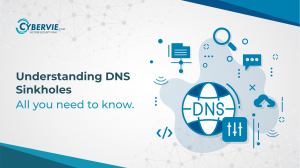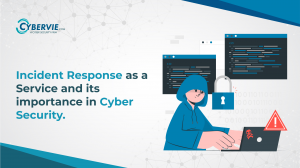Definition and explanation of supply chain attacks and its examples
A software supply chain attack is a type of cyber attack that targets an organization’s supply chain by exploiting vulnerabilities in a third-party supplier or vendor’s systems. Supply chain attack example means attack can lead to the theft of data, installation of malware, or control of systems to launch further attacks. Detecting and preventing these attacks can be difficult due to the complex and vast attack surface of the supply chain.
How attackers exploit vulnerabilities in supply chains?
Cyber attackers target third-party suppliers or vendors who have access to an organization’s systems or data by exploiting vulnerabilities in supply chains. These suppliers are often less secure or have weaker security controls, making them an easier target for attackers.
Several techniques may be used by cyber attackers to exploit these vulnerabilities, including social engineering, phishing and taking advantage of software or hardware weaknesses. Once a supplier is compromised, attackers can use this access to target an organization’s data or systems.
It can be challenging to identify software supply chain attacks since attackers can use valid login credentials to access the target organization’s systems, making it more difficult to differentiate between authorized and unauthorized activity.
Supply chain attack examples of different types
There are several different types of supply chain attack examples that attackers can use to compromise an organization’s systems or data. Some examples include:
Malware injection: Attackers can inject malware into legitimate software updates or applications, which can then spread to the organization’s systems. Its one of the major supply chain attack example.
Hardware tampering: It is also a software Supply chain attack example in which attackers can tamper with hardware devices, such as routers or servers, to gain access to the target organization’s network.
Social engineering: Attackers can use social engineering techniques, such as phishing emails or phone calls, to trick suppliers or employees into giving up sensitive information or access to systems.
Credential theft: Attackers can steal login credentials for suppliers or employees to gain access to the target organization’s systems.
Man-in-the-middle attacks: Attackers can intercept and manipulate communications between the supplier and the target organization to steal data or gain access to systems.
Recent examples of supply chain attacks
Software Supply chain attacks have emerged as a major risk to organizations in recent times, with a number of high-profile incidents underscoring their gravity. One of the most significant supply chain attack examples is the SolarWinds attack, which came to light in December 2020. This attack targeted SolarWinds a popular third-party software provider used by many organizations. The attackers employed a sophisticated method to introduce malware into the software update mechanism, which then spread to the systems of organizations using the compromised software. Reports suggest that the attack impacted nearly 18,000 organizations.
In April 2021, a software supply chain attack on the software development company Codecov was detected. The attack involved hackers breaching Codecov’s software release process and injecting malicious code into the company’s Bash Uploader script. This allowed the attackers to access sensitive information such as credentials and source code belonging to organizations that used Codecov’s software.
Importance of understanding and protecting against these types of attacks
Supply chain attacks examples are becoming an increasingly alarming threat to organizations across different sectors and sizes. Given their evasive nature, these attacks can be challenging to identify and have far-reaching effects, such as financial loss, reputational harm and legal penalties.
Organizations must be aware of the risks linked to their supply chain and implement measures to safeguard against such attacks. It involves deploying security controls to detect and address vulnerabilities in the supply chain, continuously monitoring it for potential threats and creating incident response plans to deal with any possible attacks
By taking proactive measures to secure their supply chain, organizations can better protect themselves against the growing threat of supply chain attacks and minimize the impact of any attacks that do occur.
Mitre has developed a framework to address software supply chain attacks, which is organized and built based on previous attack vectors and behavior.
How to Protect Yourself from Supply Chain Attacks?
Tips on how to reduce the risk of supply chain attacks
Conduct regular security assessments: Performing routine security assessments can aid in the detection of vulnerabilities in an organizations systems and processes that may be susceptible to exploitation by attackers. These assessments should involve a comprehensive evaluation of the organizations vendor relationships and supply chain.
Establish secure vendor relationships: Establishing secure and safe relationships with vendors or third-party partners plays a crucial role to prioritize security and risk management. This can be achieved by implementing specific security standards on vendors and conducting regular security audits of their systems and processes.
Monitor network traffic for unusual activity: Monitoring network traffic for unusual activity that can help in detecting and prevent supply chain attacks. This can include implementing IPS/IDS, NDR and establishing procedures for responding to suspected attacks.
Importance of employee education and training
In addition to implementing technical measures to prevent supply chain attacks it’s also important to educate and train employees on how to identify and prevent these types of attacks. This can include:
Providing regular security awareness training: Regular security awareness training can help employees recognize and avoid common attack vectors, such as phishing emails or social engineering.
Encouraging employees to report suspicious activity: Employees should be encouraged to report any suspicious activity or potential security incidents to the appropriate authorities within your organization.
Establishing clear policies and procedures: Clear policies and procedures can help employees understand their responsibilities when it comes to security and risk management. This can include policies around the use of personal devices and the handling of sensitive data.
Conclusion
Supply chain attacks are becoming increasingly dangerous for organizations across all industries and sizes. As evidenced by the supply chain attack example mentioned earlier these attacks can cause significant and long-lasting damage to both businesses and individuals. It is therefore essential to take a comprehensive and proactive approach to managing risk and security to reduce the chances of a supply chain attack occurring.
In today’s interconnected and complex business environment protecting against supply chain attack examples should be a top priority for all organizations. By investing in security and risk management, organizations can not only protect their own interests but also contribute to a safer and more secure digital ecosystem for all.








